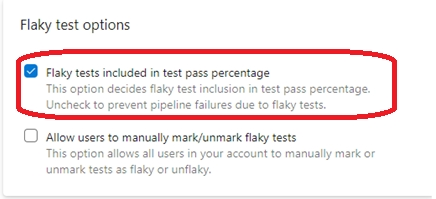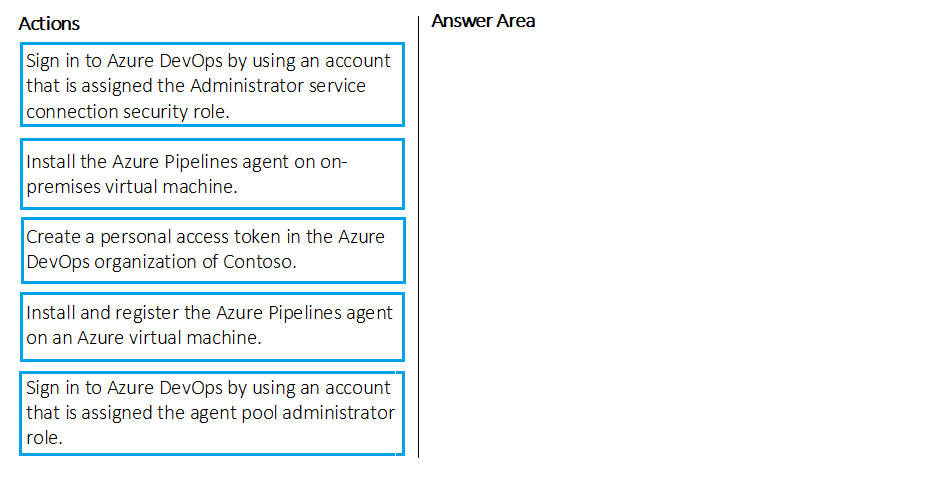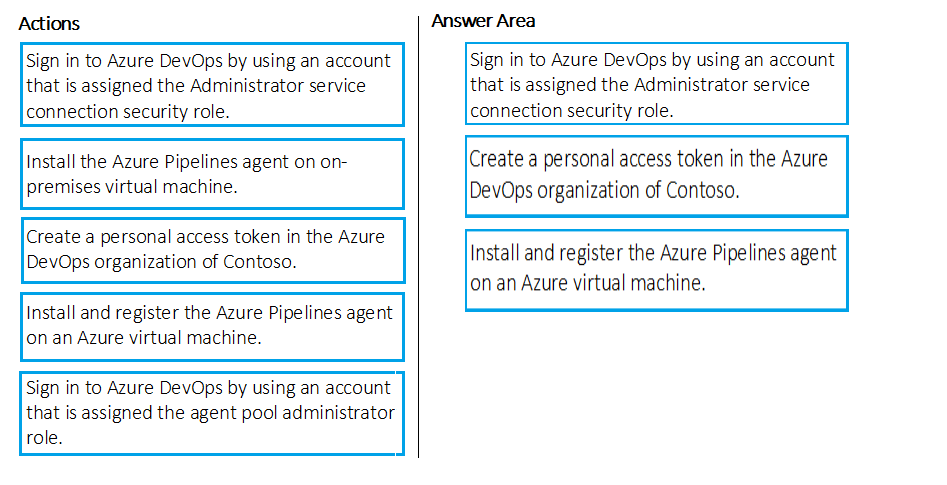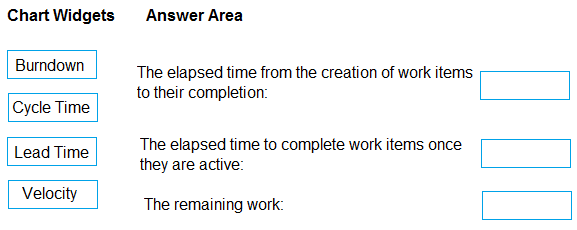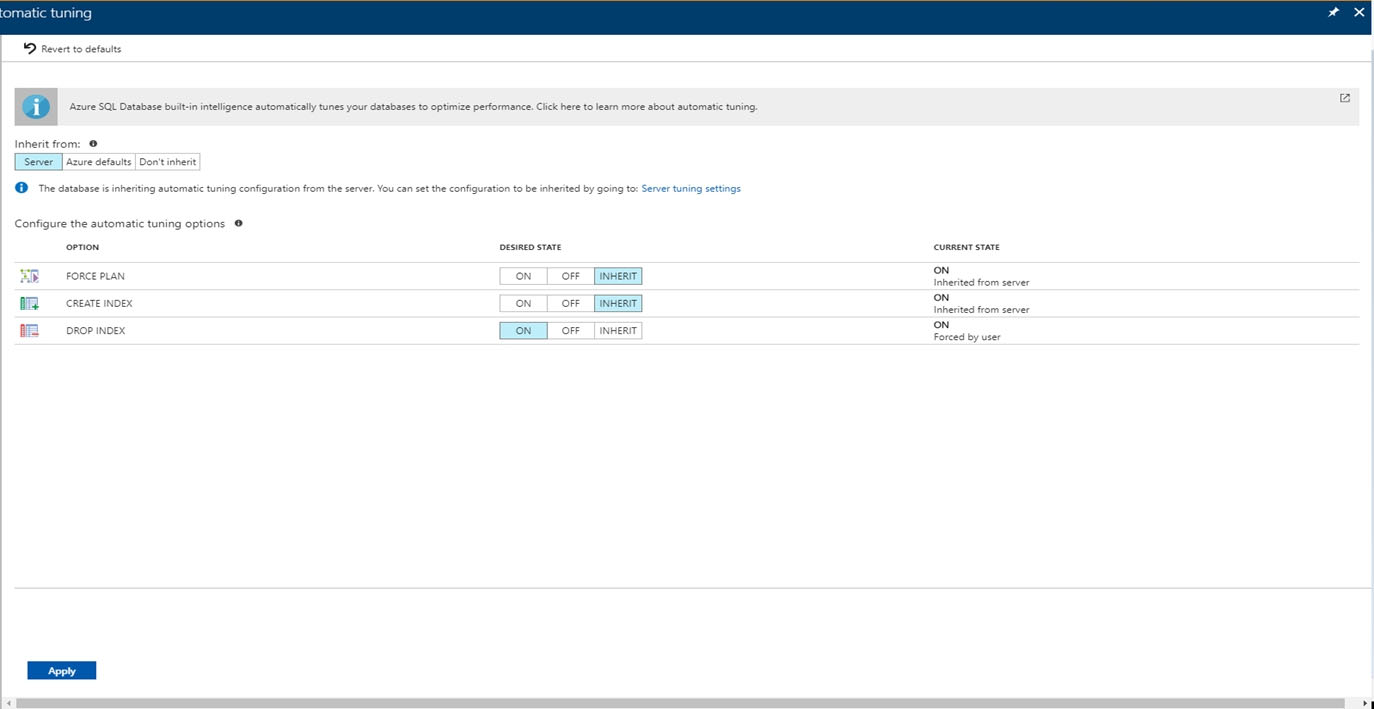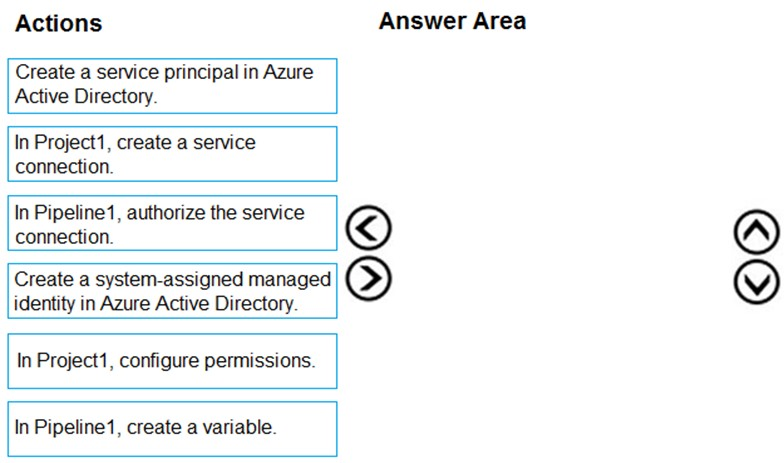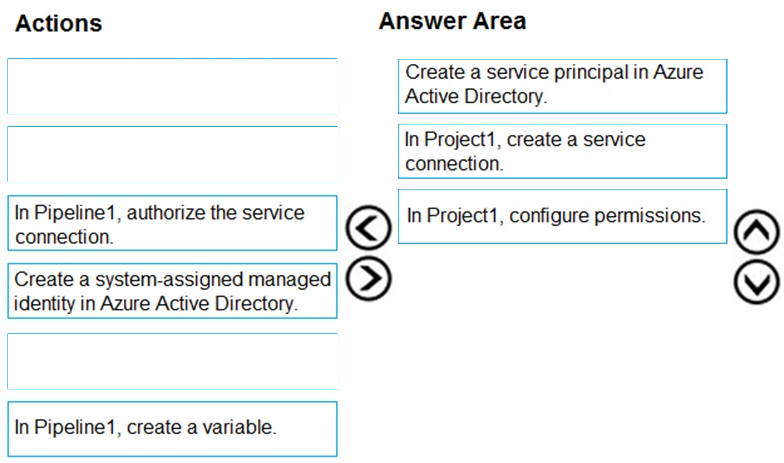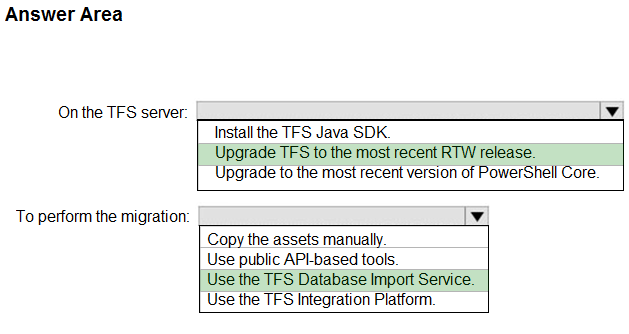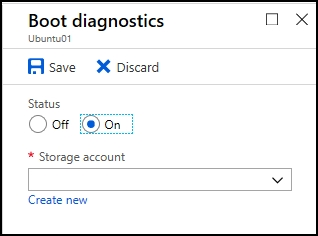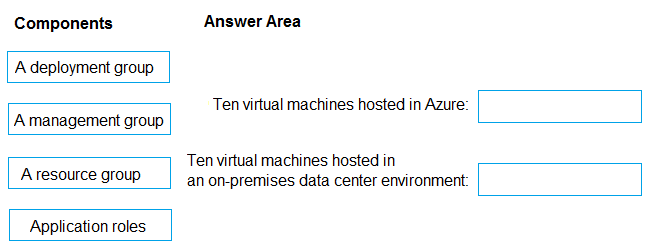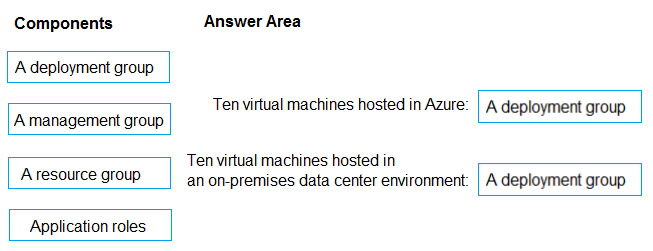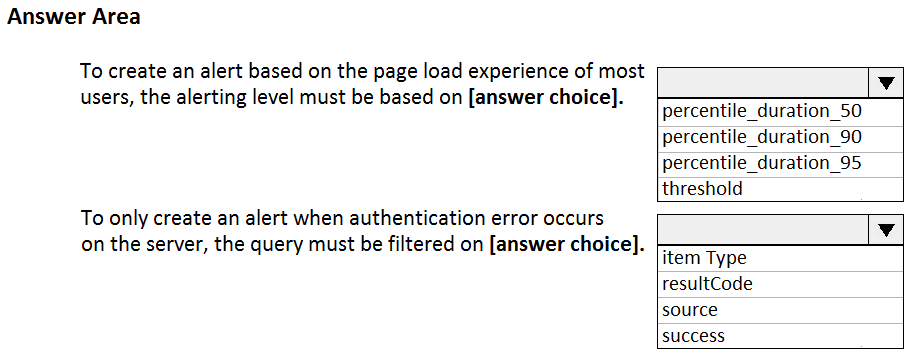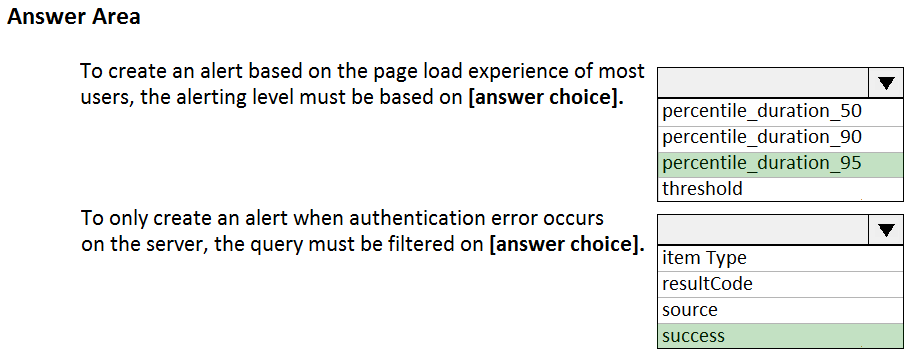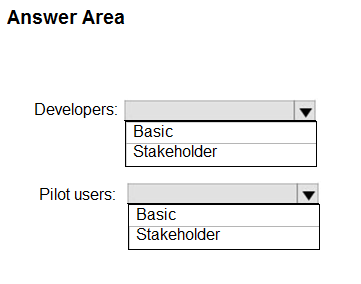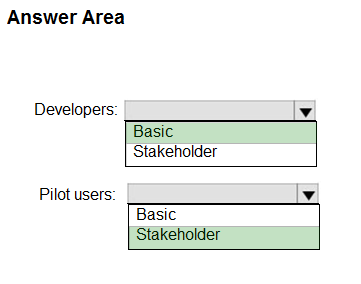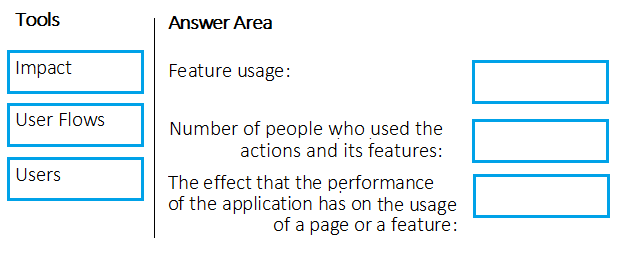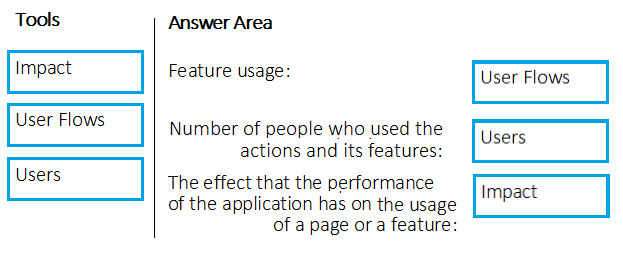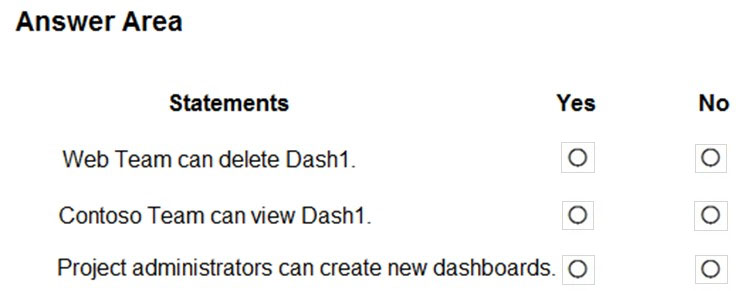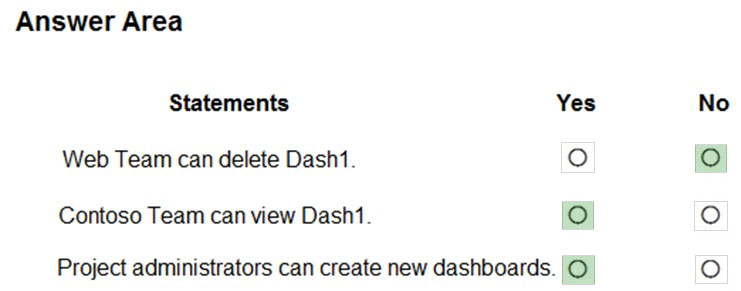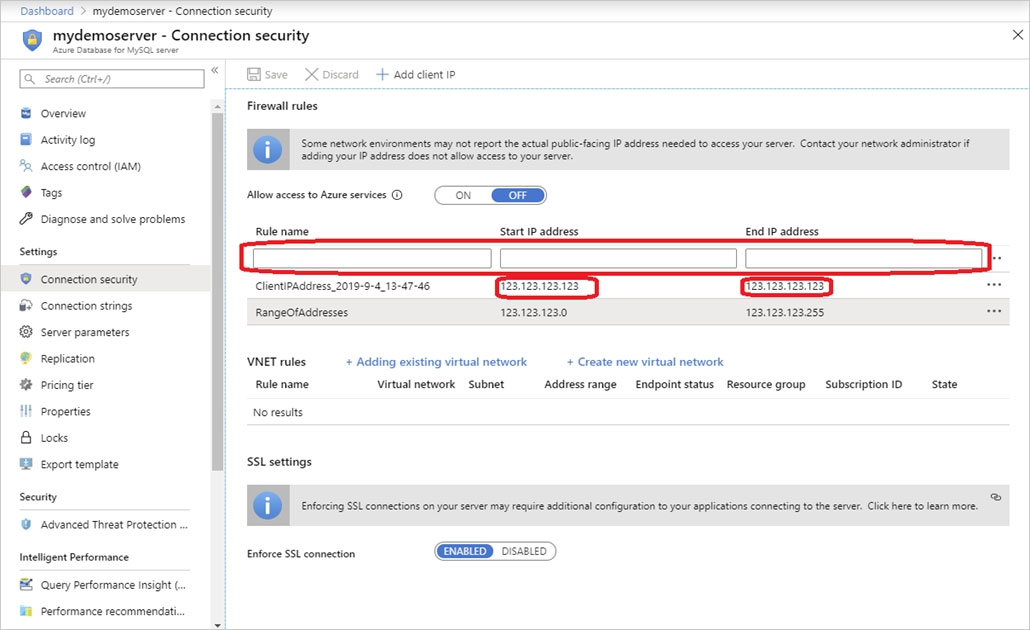AZ-400 Practice Exam Free – 50 Questions to Simulate the Real Exam
Are you getting ready for the AZ-400 certification? Take your preparation to the next level with our AZ-400 Practice Exam Free – a carefully designed set of 50 realistic exam-style questions to help you evaluate your knowledge and boost your confidence.
Using a AZ-400 practice exam free is one of the best ways to:
- Experience the format and difficulty of the real exam
- Identify your strengths and focus on weak areas
- Improve your test-taking speed and accuracy
Below, you will find 50 realistic AZ-400 practice exam free questions covering key exam topics. Each question reflects the structure and challenge of the actual exam.
You use GitHub to host container packages that use Semantic Versioning (SemVer). You have an app named App1. The current version of App1 is 11.2.0. You change the code of App1 to fix a bug that was introduced in version 10.5.1. Which version number should you assign to the release?
A. 10.5.1-PATCH
B. 11.2.1
C. 10.5.2
D. 10.6.0
You have a project in Azure DevOps named Project1. You implement a Continuous Integration/Continuous Deployment (CI/CD) pipeline that uses PowerShell Desired State Configuration (DSC) to configure the application infrastructure. You need to perform a unit test and an integration test of the configuration before Project1 is deployed. What should you use?
A. the PSScriptAnalyzer tool
B. the Pester test framework
C. the PSCodeHealth module
D. the Test-DscConfiguration cmdlet
You have a build pipeline in Azure Pipelines that occasionally fails. You discover that a test measuring the response time of an API endpoint causes the failures. You need to prevent the build pipeline from failing due to the test. Which two actions should you perform? Each correct answer presents part of the solution. NOTE: Each correct selection is worth one point.
A. Set Flaky test detection to Off.
B. Clear Flaky tests included in test pass percentage.
C. Enable Test Impact Analysis (TIA).
D. Manually mark the test as flaky.
E. Enable test slicing.
Your company has an Azure DevOps environment that can only be accessed by Azure Active Directory users. You are instructed to make sure that the Azure DevOps environment can only be accessed from devices connected to the company's on-premises network. Which of the following actions should you take?
A. Assign the devices to a security group.
B. Create a GPO.
C. Configure Security in Project Settings from Azure DevOps.
D. Configure conditional access in Azure Active Directory.
Note: This question is part of a series of questions that present the same scenario. Each question in the series contains a unique solution that might meet the stated goals. Some question sets might have more than one correct solution, while others might not have a correct solution. After you answer a question in this section, you will NOT be able to return to it. As a result, these questions will not appear in the review screen. You have an Azure DevOps project. Your build process creates several artifacts. You need to deploy the artifacts to on-premises servers. Solution: You deploy a Docker build to an on-premises server. You add a Download Build Artifacts task to the deployment pipeline. Does this meet the goal?
A. Yes
B. No
Your company has an Azure DevOps project that produces Node Package Manager (npm) packages. Multiple projects consume the packages. You need to minimize the amount of disk space used by older packages in Azure Artifacts. What should you modify?
A. the retention settings of the project’s release
B. the retention settings of the project’s pipeline
C. the retention settings of the project’s tests
D. the retention settings of the company pipeline
Note: This question is part of a series of questions that present the same scenario. Each question in the series contains a unique solution that might meet the stated goals. Some question sets might have more than one correct solution, while others might not have a correct solution. After you answer a question in this section, you will NOT be able to return to it. As a result, these questions will not appear in the review screen. You have an Azure DevOps organization named Contoso and an Azure subscription. The subscription contains an Azure virtual machine scale set named VMSS1 that is configured for autoscaling. You have a project in Azure DevOps named Project1. Project1 is used to build a web app named App1 and deploy App1 to VMSS1. You need to ensure that an email alert is generated whenever VMSS1 scales in or out. Solution: From Azure Monitor, configure the autoscale settings. Does this meet the goal?
A. Yes
B. No
DRAG DROP - You need to recommend a procedure to implement the build agent for Project1. Which three actions should you recommend be performed in sequence? To answer, move the appropriate actions from the list of actions to the answer area and arrange them in the correct order. Select and Place:
Note: This question is part of a series of questions that present the same scenario. Each question in the series contains a unique solution that might meet the stated goals. Some question sets might have more than one correct solution, while others might not have a correct solution. After you answer a question in this section, you will NOT be able to return to it. As a result, these questions will not appear in the review screen. Your company has a project in Azure DevOps for a new web application. You need to ensure that when code is checked in, a build runs automatically. Solution: From the Pre-deployment conditions settings of the release pipeline, you select After stage. Does this meet the goal?
A. Yes
B. No
You plan to create an image that will contain a .NET Core application. You have a Dockerfile file that contains the following code. (Line numbers are included for reference only.)You need to ensure that the image is as small as possible when the image is built. Which line should you modify in the file?
A. 1
B. 3
C. 4
D. 7
HOTSPOT - Your company uses Azure DevOps for Git source control. You have a project in Azure DevOps named Contoso App that contains the following repositories: ✑ https://dev.azure.com/contoso/contoso-app/core-api ✑ https://dev.azure.com/contoso/contoso-app/core-spa ✑ https://dev.azure.com/contoso/contoso-app/core-db You need to ensure that developers receive Slack notifications when there are pull requests created for Contoso App. What should you run in Slack? To answer, select the appropriate options in the answer area. NOTE: Each correct selection is worth one point. Hot Area:
DRAG DROP - You need to recommend project metrics for dashboards in Azure DevOps. Which chart widgets should you recommend for each metric? To answer, drag the appropriate chart widgets to the correct metrics. Each chart widget may be used once, more than once, or not at all. You may need to drag the split bar between panes or scroll to view content. NOTE: Each correct selection is worth one point. Select and Place:
HOTSPOT - You have a project in Azure DevOps that includes two users named User1 and User2. You plan to use Azure Monitor to manage logs. You need to ensure that the users can perform the actions shown in following the table.The solution must follow the principle of least privilege. Which role should you assign to each user? To answer, select the appropriate options in the answer area. NOTE: Each correct selection is worth one point.
You manage build pipelines and deployment pipelines by using Azure DevOps. Your company has a team of 500 developers. New members are added continually to the team. You need to automate the management of users and licenses whenever possible. Which task must you perform manually?
A. modifying group memberships
B. adding users
C. assigning entitlements
D. procuring licenses
You have an Azure DevOps organization named Contoso and an Azure subscription. You use Azure DevOps to build and deploy a web app named App1. Azure Monitor is configured to generate an email notification in response to alerts generated whenever App1 generates a server-side error. You need to receive notifications in Microsoft Teams whenever an Azure Monitor alert is generated. Which two actions should you perform? Each correct answer presents part of the solution. NOTE: Each correct selection is worth one point.
A. Create an Azure Monitor workbook.
B. Create an Azure logic app that has an HTTP request trigger.
C. Create an Azure logic app that has an Azure DevOps trigger.
D. Modify an action group in Azure Monitor.
E. Modify the Diagnostics settings in Azure Monitor.
You use Git for source control. You enable GitHub code scanning. You raise a pull request from a non-default branch. In the code scanning output, you receive the following error message: “Analysis not found.” You need to ensure that the code scanning completes successfully for the pull request. Which two actions should you perform? Each correct answer presents part of the solution. NOTE: Each correct selection is worth one point.
A. Add the name of the default branch to the on: push specification in the code scanning workflow.
B. Add the name of the non-default branch to the on:push specification in the code scanning workflow.
C. Delete the pull request, and then raise the request again from the default branch.
D. Update the code in the pull request.
E. Add a new workflow for code scanning.
You manage an Azure web app that supports an e-commerce website. You need to increase the logging level when the web app exceeds normal usage patterns. The solution must minimize administrative overhead. Which two resources should you include in the solution? Each correct answer presents part of the solution. NOTE: Each correct selection is worth one point.
A. an Azure Automation runbook
B. an Azure Monitor alert that has a dynamic threshold
C. an Azure Monitor alert that has a static threshold
D. the Azure Monitor autoscale settings
E. an Azure Monitor alert that uses an action group that has an email action
Note: This question is part of a series of questions that present the same scenario. Each question in the series contains a unique solution that might meet the stated goals. Some question sets might have more than one correct solution, while others might not have a correct solution. After you answer a question in this section, you will NOT be able to return to it. As a result, these questions will not appear in the review screen. You have an Azure pipeline that is used to deploy a web app. The pipeline includes a test suite named TestSuite1. TestSuite1 is used to validate the operations of the web app. TestSuite1 fails intermittently. You identify that the failures are unrelated to changes in the source code and execution environment. You need to minimize troubleshooting effort for the TestSuite1 failures. Solution: You enable Test Impact Analysis (TIA). Does this meet the goal?
A. Yes
B. No
You use Git for source control. You need to commit a 3-GB ZIP file that contains virtual machines used for testing. The solution must meet the following requirements: • The file must be versioned. • The file must be associated with the corresponding code commits. Which two actions should you include in the solution? Each correct answer presents part of the solution. NOTE: Each correct selection is worth one point.
A. Install the git-fat extension and associate the extension to ZIP files.
B. Install the Git LFS extension and associate the extension to ZIP files.
C. Install the git-stash extension and associate the extension to ZIP files.
D. Use GZip to compress the file before committing the file.
E. Store files in Azure Storage and enable blob versions.
You have an Azure subscription. You create two Bicep templates named Template1 and Template2 that will be used to create a virtual machine and a website. You need to create a template named Template3 that will reuse logic from Template1 and Template2. What should you define first?
A. outputs
B. resources
C. modules
D. parameters
Note: This question is part of a series of questions that present the same scenario. Each question in the series contains a unique solution that might meet the stated goals. Some question sets might have more than one correct solution, while others might not have a correct solution. After you answer a question in this section, you will NOT be able to return to it. As a result, these questions will not appear in the review screen. You manage a project in Azure DevOps. You need to prevent the configuration of the project from changing over time. Solution: Implement Continuous Assurance for the project. Does this meet the goal?
A. Yes
B. No
SIMULATION - You have several apps that use an Azure SQL Database named db1. You need to ensure that queries to db1 are tuned by Azure over time. The solution must only apply to db1. To complete this task, sign in to the Microsoft Azure portal.
You have a project in Azure DevOps. You have an Azure Resource Group deployment project in Microsoft Visual Studio that is checked in to the Azure DevOps project. You need to create a release pipeline that will deploy resources by using Azure Resource Manager templates. The solution must minimize administrative effort. Which task type should you include in the solution?
A. Azure Cloud Service Deployment
B. Azure RM Web App Deployment
C. Azure PowerShell
D. Azure App Service Manage
Your company is currently making use of Team Foundation Server 2013 (TFS 2013), but intend to migrate to Azure DevOps. You have been tasked with supplying a migration approach that allows for the preservation of Team Foundation Version Control changesets dates, as well as the changes dates of work items revisions. The approach should also allow for the migration of all TFS artifacts, while keeping migration effort to a minimum. You have suggested upgrading TFS to the most recent RTW release. Which of the following should also be suggested?
A. Installing the TFS kava SDK
B. Using the TFS Database Import Service to perform the upgrade.
C. Upgrading PowerShell Core to the latest version.
D. Using the TFS Integration Platform to perform the upgrade.
DRAG DROP - You have a project in Azure DevOps named Project1 that contains two Azure DevOps pipelines named Pipeline1 and Pipeline2. You need to ensure that Pipeline1 can deploy code successfully to an Azure web app named webapp1. The solution must ensure that Pipeline2 does not have permission to webapp1. Which three actions should you perform in sequence? To answer, move the appropriate actions from the list of actions to the answer area and arrange them in the correct order. Select and Place:
HOTSPOT - You company uses a Git source-code repository. You plan to implement GitFlow as a workflow strategy. You need to identify which branch types are used for production code and preproduction code in the strategy. Which branch type should you identify for each code type? To answer, select the appropriate options in the answer area. NOTE: Each correct selection is worth one point.
You have an Azure subscription that contains the resources shown in the following table.DepPipeline1 and ADFPipeline1 use a single credential that is stored in Vault1. You need to configure ADFPipeline1 to retrieve the credential from Vault1. Which type of activity should you use?
A. Lookup
B. Get Metadata
C. Сoрy
D. Web
You have an Azure subscription linked to an Azure Active Directory Premium Plan 1 tenant. A security review indicates that too many users have privileged access to resources. You need to deploy a privileged access management solution that meets the following requirements: • Enforces time limits on the use of privileged access • Requires approval to activate privileged access • Minimizes costs What should you do first?
A. Configure notifications when privileged roles are activated.
B. Configure alerts for the activation of privileged roles.
C. Enforce Azure Multi-Factor Authentication (MFA) for role activation.
D. Upgrade the license of the Azure Active Directory (Azure AD) tenant.
HOTSPOT - You have a virtual machine that runs Windows Server 2019 and is managed by using Desired State Configuration (DSC). You have the following DSC configuration.You have the following Local Configuration Manager (LCM) configuration.
For each of the following statements, select Yes if the statement is true. Otherwise, select No. NOTE: Each correct selection is worth one point. Hot Area:
What should you use to implement the code quality restriction on the release pipeline for the investment planning applications suite?
A. a pre-deployment approval
B. a deployment gate
C. a post-deployment approval
D. a trigger
You use Azure DevOps processes to build and deploy code. You need to compare how much time is spent troubleshooting issues found during development and how much time is spent troubleshooting issues found in released code. Which KPI should you use?
A. defect escape rate
B. unplanned work rate
C. defect rate
D. rework rate
HOTSPOT - Your company uses Team Foundation Server 2013 (TFS 2013). You plan to migrate to Azure DevOps. You need to recommend a migration strategy that meets the following requirements: ✑ Preserves the dates of Team Foundation Version Control changesets ✑ Preserves the changed dates of work items revisions Minimizes migration effort -✑ Migrates all TFS artifacts What should you recommend? To answer, select the appropriate options in the answer area. NOTE: Each correct selection is worth one point. Hot Area:
SIMULATION - You need to create and configure an Azure Storage account named az400lod123456789stor in a resource group named RG1lod123456789 to store the boot diagnostics for a virtual machine named VM1. To complete this task, sign in to the Microsoft Azure portal.
Your company develops an application named App1 that is deployed in production. As part of an application update, a new service is being added to App1. The new service requires access to an application named App2 that is currently in development. You need to ensure that you can deploy the update to App1 before App2 becomes available. You must be able to enable the service in App1 once App2 is deployed. What should you do?
A. Implement a feature flag.
B. Create a fork in the build.
C. Create a branch in the build.
D. Implement a branch policy.
You plan to onboard 10 new developers. You need to recommend a development environment that meets the following requirements: ✑ Integrates with GitHub ✑ Provides integrated debugging tools ✑ Supports remote workers and hot-desking environments ✑ Supports developers who use browsers, tablets, and Chromebooks What should you recommend?
A. VS Code
B. Xamarin Studio
C. MonoDevelop
D. Visual Studio Codespaces
Your company has a hybrid cloud between Azure and Azure Stack. The company uses Azure DevOps for its full CI/CD pipelines. Some applications are built by using Erlang and Hack. You need to ensure that Erlang and Hack are supported as part of the build strategy across the hybrid cloud. The solution must minimize management overhead. What should you use to execute the build pipeline?
A. a Microsoft-hosted agent
B. Azure DevOps self-hosted agents on Azure DevTest Labs virtual machines.
C. Azure DevOps self-hosted agents on Hyper-V virtual machines
D. Azure DevOps self-hosted agents on virtual machines that run on Azure Stack
Your team uses an agile development approach. You need to recommend a branching strategy for the team's Git repository. The strategy must meet the following requirements. ✑ Provide the ability to work on multiple independent tasks in parallel. ✑ Ensure that checked-in code remains in a releasable state always. ✑ Ensure that new features can be abandoned at any time. ✑ Encourage experimentation. What should you recommend?
A. a single long-running branch without forking
B. multiple long-running branches
C. a single fork per team member
D. a single long-running branch with multiple short-lived feature branches
You use GitHub for source control and Azure Boards for project management. GitHub and Azure Boards are integrated. You plan to create a pull request in GitHub. You need to automatically link the request to an existing Azure Boards work item by using the text of AB#
A. milestone
B. label
C. title
D. comment
E. description
SIMULATION - You need to prepare a network security group (NSG) named az400-123456789-nsg1 to host an Azure DevOps pipeline agent. The solution must allow only the required outbound port for Azure DevOps and deny all other inbound and outbound access to the Internet. To complete this task, sign in to the Microsoft Azure portal.
DRAG DROP - Your company plans to deploy an application to the following endpoints: ✑ Ten virtual machines hosted in Azure ✑ Ten virtual machines hosted in an on-premises data center environment All the virtual machines have the Azure Pipelines agent. You need to implement a release strategy for deploying the application to the endpoints. What should you recommend using to deploy the application to the endpoints? To answer, drag the appropriate components to the correct endpoints. Each component may be used once, more than once, or not at all. You may need to drag the split bar between panes or scroll to view content. NOTE: Each correct selection is worth one point. Select and Place:
HOTSPOT - You plan to create alerts that will be triggered based on the page load performance of a home page. You have the Application Insights log query shown in the following exhibit.Use the drop-down menus to select the answer choice that completes each statement based on the information presented in the graphic. NOTE: Each correct selection is worth one point. Hot Area:
HOTSPOT - Your company is building a new web application. You plan to collect feedback from pilot users on the features being delivered. All the pilot users have a corporate computer that has Google Chrome and the Microsoft Test & Feedback extension installed. The pilot users will test the application by using Chrome. You need to identify which access levels are required to ensure that developers can request and gather feedback from the pilot users. The solution must use the principle of least privilege. Which access levels in Azure DevOps should you identify? To answer, select the appropriate options in the answer area. NOTE: Each correct selection is worth one point. Hot Area:
You create a Microsoft ASP.NET Core application. You plan to use Azure Key Vault to provide secrets to the application as configuration data. You need to create a Key Vault access policy to assign secret permissions to the application. The solution must use the principle of least privilege. Which secret permissions should you use?
A. List only
B. Get only
C. Get and List
DRAG DROP - You need to deploy a new project in Azure DevOps that has the following requirements: * The lead developer must be able to create repositories, manage permissions, manage policies, and contribute to the repository. * Developers must be able to contribute to the repository and create branches, but NOT bypass policies when pushing builds. * Project managers must only be able to view the repository. * The principle of least privilege must be used. You create a new Azure DevOps project team for each role. To which Azure DevOps groups should you add each team? To answer, drag the appropriate groups to the correct teams. Each group may be used once, more than once, or not at all. You may need to drag the split bar between panes or scroll to view content. NOTE: Each correct selection is worth one point. Select and Place:
DRAG DROP - Your company wants to use Azure Application Insights to understand how user behaviors affect an application. Which Application Insights tool should you use to analyze each behavior? To answer, drag the appropriate tools to the correct behaviors. Each tool may be used once, more than once, or not at all. You may need to drag the split bar between panes or scroll to view content. NOTE: Each correct selection is worth one point. Select and Place:
HOTSPOT - You have a project in Azure DevOps that has three teams as shown in the Teams exhibit. (Click the Teams tab.)You create a new dashboard named Dash1. You configure the dashboard permissions for the Contoso project as shown in the Permissions exhibit. (Click the Permissions tab.)
All other permissions have the default values set. For each of the following statements, select Yes if the statement is true. Otherwise, select No. NOTE: Each correct selection is worth one point. Hot Area:
You need to configure Azure Pipelines to control App2 builds. Which authentication method should you use?
A. Windows NTLM
B. certificate
C. SAML
D. personal access token (PAT)
You have been tasked with strengthening the security of your team's development process. You need to suggest a security tool type for the Continuous Integration (CI) phase of the development process. Which of the following is the option you would suggest?
A. Penetration testing
B. Static code analysis
C. Threat modeling
D. Dynamic code analysis
SIMULATION - You plan to add a new web farm that will be published by using an IP address of 10.0.0.5. You need to allow traffic from the web farm to an Azure Database for MySQL server named az400-123456789-mysql. To complete this task, sign in to the Microsoft Azure portal.
You have Azure Pipelines and GitHub integrated as a source code repository. The build pipeline has continuous integration enabled. You plan to trigger an automated build whenever code changes are committed to the repository. You need to ensure that the system will wait until a build completes before queuing another build. What should you implement?
A. path filters
B. batch changes
C. scheduled builds
D. branch filters
Free Access Full AZ-400 Practice Exam Free
Looking for additional practice? Click here to access a full set of AZ-400 practice exam free questions and continue building your skills across all exam domains.
Our question sets are updated regularly to ensure they stay aligned with the latest exam objectives—so be sure to visit often!
Good luck with your AZ-400 certification journey!


